A talk I gave at the ASL Annual Meeting in Ames, Iowa, May 15, 2024.
Slides:
ASL-2024-slides-Kjos-Hanssen

A talk I gave at the ASL Annual Meeting in Ames, Iowa, May 15, 2024.
Slides:
ASL-2024-slides-Kjos-Hanssen
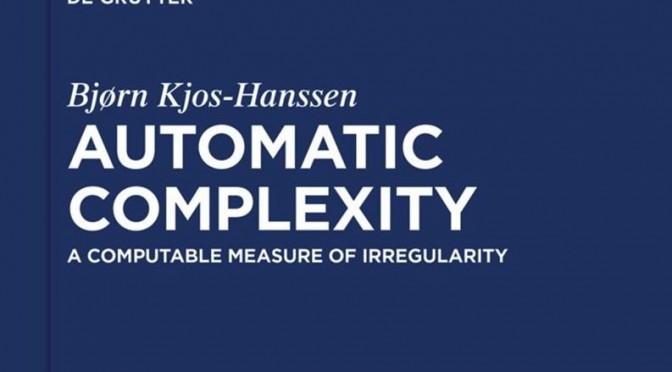
My book “Automatic complexity: a computable measure of irregularity” was published by de Gruyter on February 19, 2024. It concerns a version of Sipser’s complexity of distinguishing that was introduced by Shallit and Wang in 2001 and has been developed by me and others since 2013.
Theorem 6.6: Two constructions $M_1\times_1 M_2$ and $M_1\times_2 M_2$ are described. The text suggests that $\times_1$ is used for the theorem, but actually $\times_2$ should be used. The operation $\times_1$ can be used to prove the inequality $A_N(x)\le A_N(x\mid y)\cdot A_N(y)$ instead.
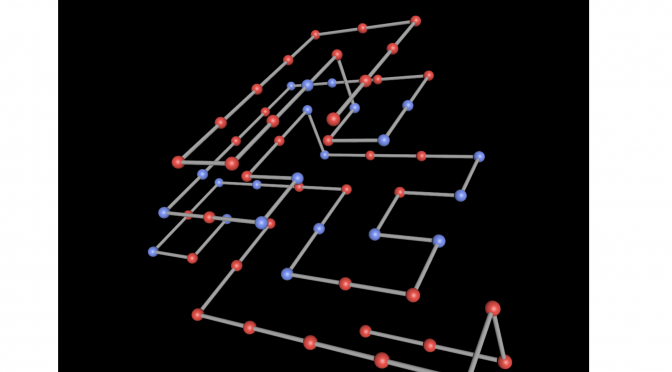
Madison Koskey had the highest score in the class on this project task:
Fold an idealized protein known as S64 to obtain a highest possible score in the hydrophobic-polar protein folding model in three dimensions.
This problem was studied by Lesh, Mitzenmacher, and Whitesides (2003).
Above we see Madison’s intricate folding of S64 which earned a score of 27.
To try your hand at rotating it in 3D, go directly to this link.
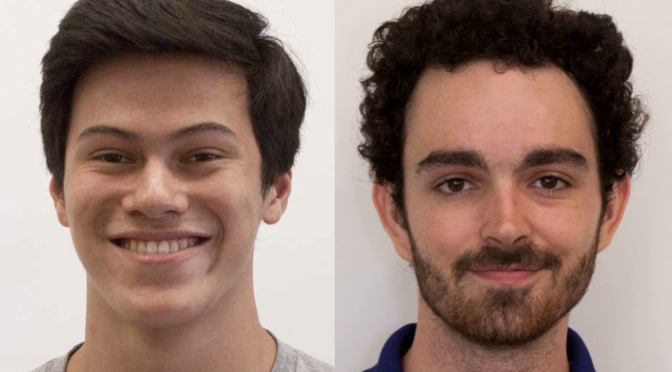

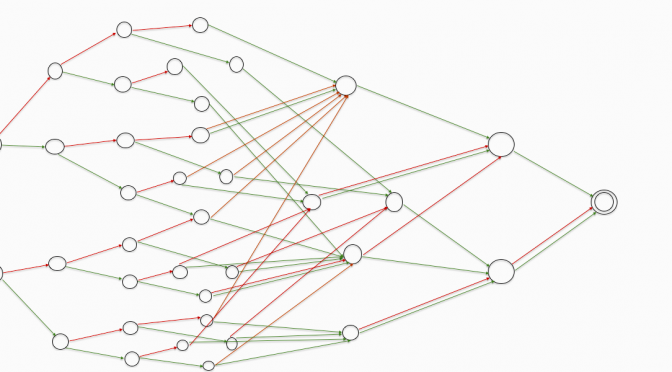
Lei Liu completed her Master’s degree with the project title Complexity of Options in 2017.
An extension to monotone options (pictured) was presented at
ALH-2018. The new paper is called The number of languages with maximum state complexity and has been accepted for TAMC 2019.
As of 2022, the paper has been through 7 revisions and has been accepted for publication in the journal Algebra Universalis.
Some of the 168 monotone Boolean functions of 4 variables
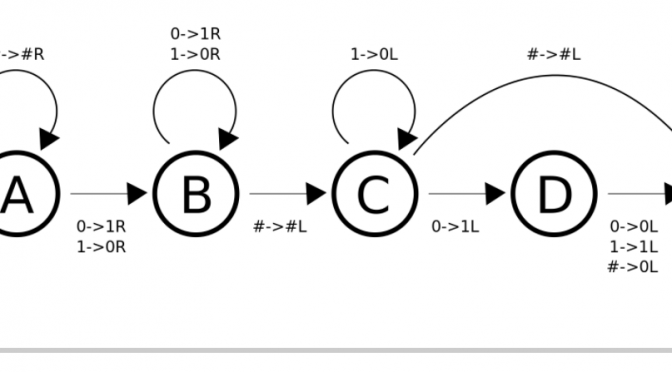
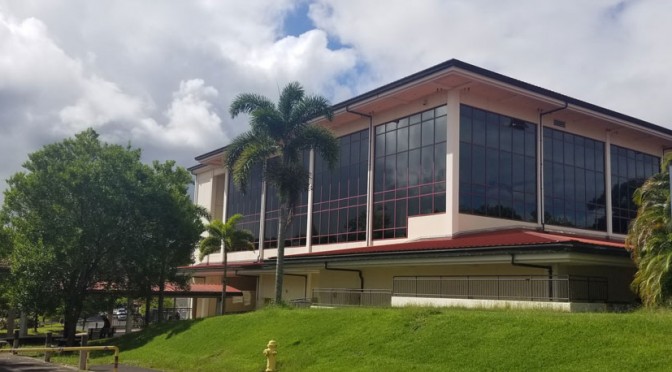
I was the discussant for the following paper at Hawaii Accounting Research Conference 2020 on the UH Hilo campus:
The Contract Disclosure Mandate and Earnings Management under External Scrutiny
by Carlos Corona and Tae-Wook Ryan Kim
I learned that research in the Theory Track of the accounting discipline primarily is about mathematical modeling of the effects of government policies and business decisions. It borrows methods from economics for such modeling. In the case of the Corona-Kim paper: quadratic programming without constraints, and exponential utility functions. Usually these are not empirical papers, i.e., they don’t test the model explicitly against data. Indeed this would be hard to do with notions like “intensity of scrutiny”.
I am a discussant for “A theory of principles-based classification” by Konvalinka, Penno, and Stecher, at HARC 2021.